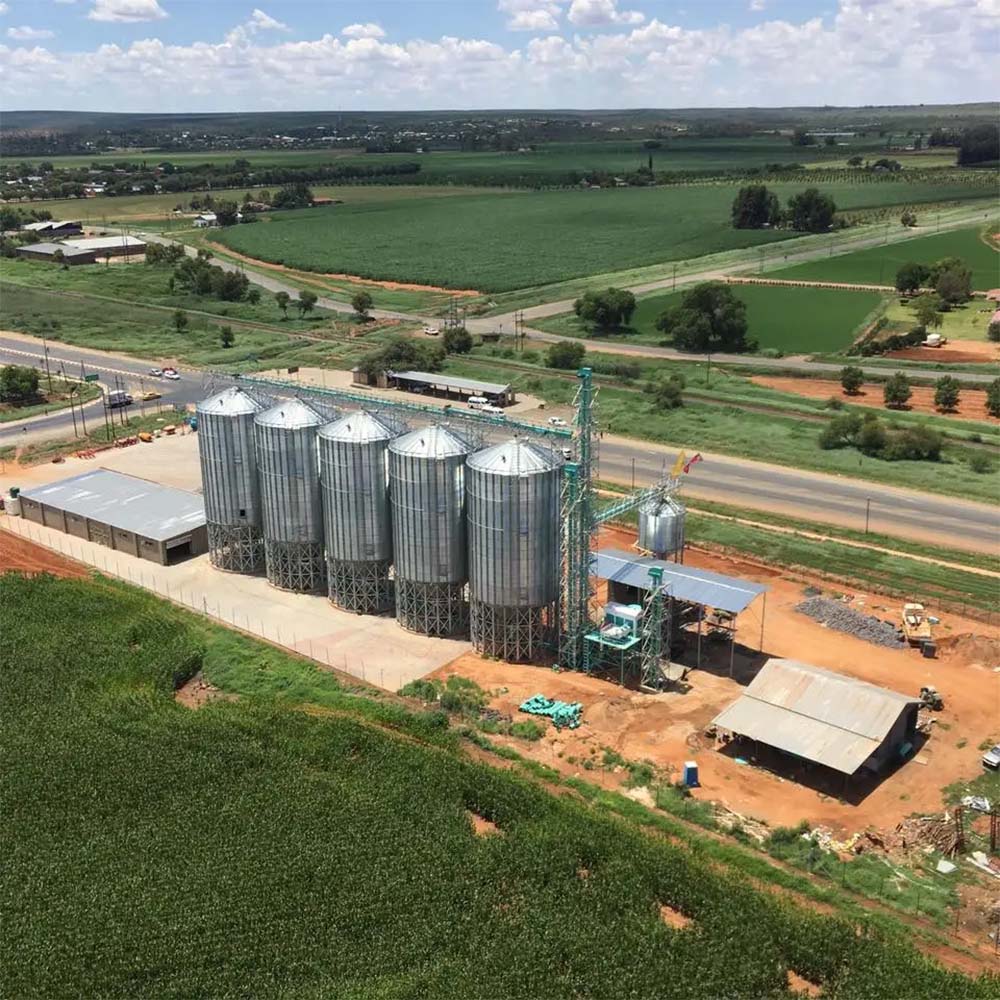scalding tank poultry
Dec . 10, 2024 12:18 Back to list
scalding tank poultry
The Importance of Scalding Tanks in Poultry Processing
In the poultry processing industry, the use of scalding tanks is a critical step that significantly affects both the quality of the final product and the efficiency of the processing operation. Scalding is the process of immersing freshly slaughtered birds in hot water, which serves several important purposes. Understanding the importance of scalding tanks can help poultry producers optimize their operations and enhance the overall quality of poultry products.
Purpose of Scalding
The primary purpose of scalding is to facilitate the removal of feathers from the bird. When poultry is harvested, the feathers adhere tightly to the skin, making them difficult to remove. By immersing the birds in hot water (typically between 140°F to 160°F or 60°C to 71°C), the outer layer of the skin becomes more pliable, and the feathers can be more easily plucked. This not only improves the efficiency of the processing line but also ensures that the birds are presented cleanly for consumers.
Additionally, scalding helps to improve the quality of the meat. The application of heat during this process can help in reducing the spread of bacteria on the surface of the skin, thus playing a role in food safety. Properly scalded birds that are subsequently chilled maintain better texture and taste, which is essential for consumer satisfaction.
Types of Scalding Tanks
There are generally two types of scalding tanks used in poultry processing dry and wet.
scalding tank poultry

1. Wet Scalding Tanks These are filled with water and have several methods of controlling the temperature. Some systems have continuous flow water to ensure that the temperature remains consistent, while others recycle the water, which can be energy efficient but may impact cleanliness if not properly managed. Wet scalding is more common in poultry operations due to its efficiency in feather removal.
2. Dry Scalding Tanks This method employs hot air for scalding rather than water. Although it is less common, dry scalding can be advantageous because it minimizes water usage and the associated waste disposal problems. However, achieving the right conditions for feather removal can be more challenging.
Technological Advancements
Recent advancements in scalding technology have led to improved efficiency and better quality control. Modern scalding tanks are often equipped with automated temperature control systems, ensuring that the water temperature remains consistent throughout the process. Innovations such as pre-scalding or flash scalding can significantly reduce processing times while still effectively preparing the birds for plucking.
Additionally, the integration of biosecurity measures within the design of scalding tanks helps reduce the risk of cross-contamination between batches of poultry. This is vital, especially given increasing consumer awareness around food safety and hygiene in poultry products.
Conclusion
In conclusion, scalding tanks play an essential role in the poultry processing industry by ensuring efficient feather removal and improving meat quality while enhancing food safety. With the continual evolution of technology, poultry producers are able to maximize their operations while adhering to high standards of hygiene and excellence. As consumer preferences evolve and demand for high-quality poultry products increases, the importance of scalding tanks in maintaining production standards and improving product quality cannot be overstated. Investing in modern scalding technology is not just about keeping pace with the competition; it’s a commitment to delivering the best possible poultry products to the market.
-
Automatic Feeding Line System - Anping Yize | Efficiency&Durability
NewsJul.29,2025
-
Automatic Feeding Line System - Anping Yize|Poultry Efficiency&Durability
NewsJul.29,2025
-
Automatic Feeding Line System-Anping County Yize Metal Products Co., Ltd.|Durable PP Material&Easy Maintenance
NewsJul.29,2025
-
Automatic Feeding Line System-Pan Feeder Nipple Drinker|Anping County Yize Metal Products Co., Ltd.
NewsJul.29,2025
-
Hot Sale 24 & 18 Door Rabbit Cages - Premium Breeding Solutions
NewsJul.25,2025
-
Automatic Feeding Line System Pan Feeder Nipple Drinker - Anping County Yize Metal Products Co., Ltd.
NewsJul.21,2025






